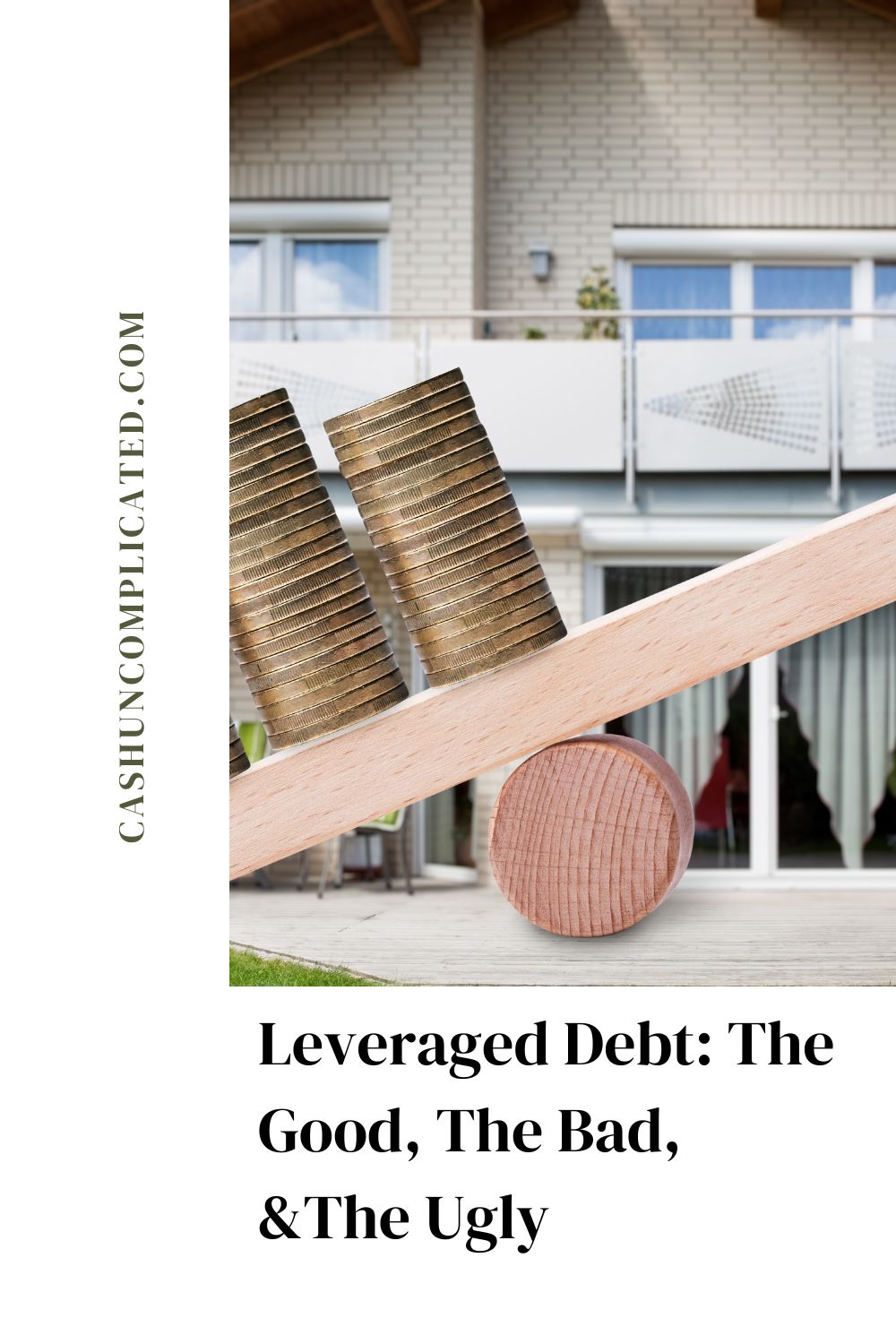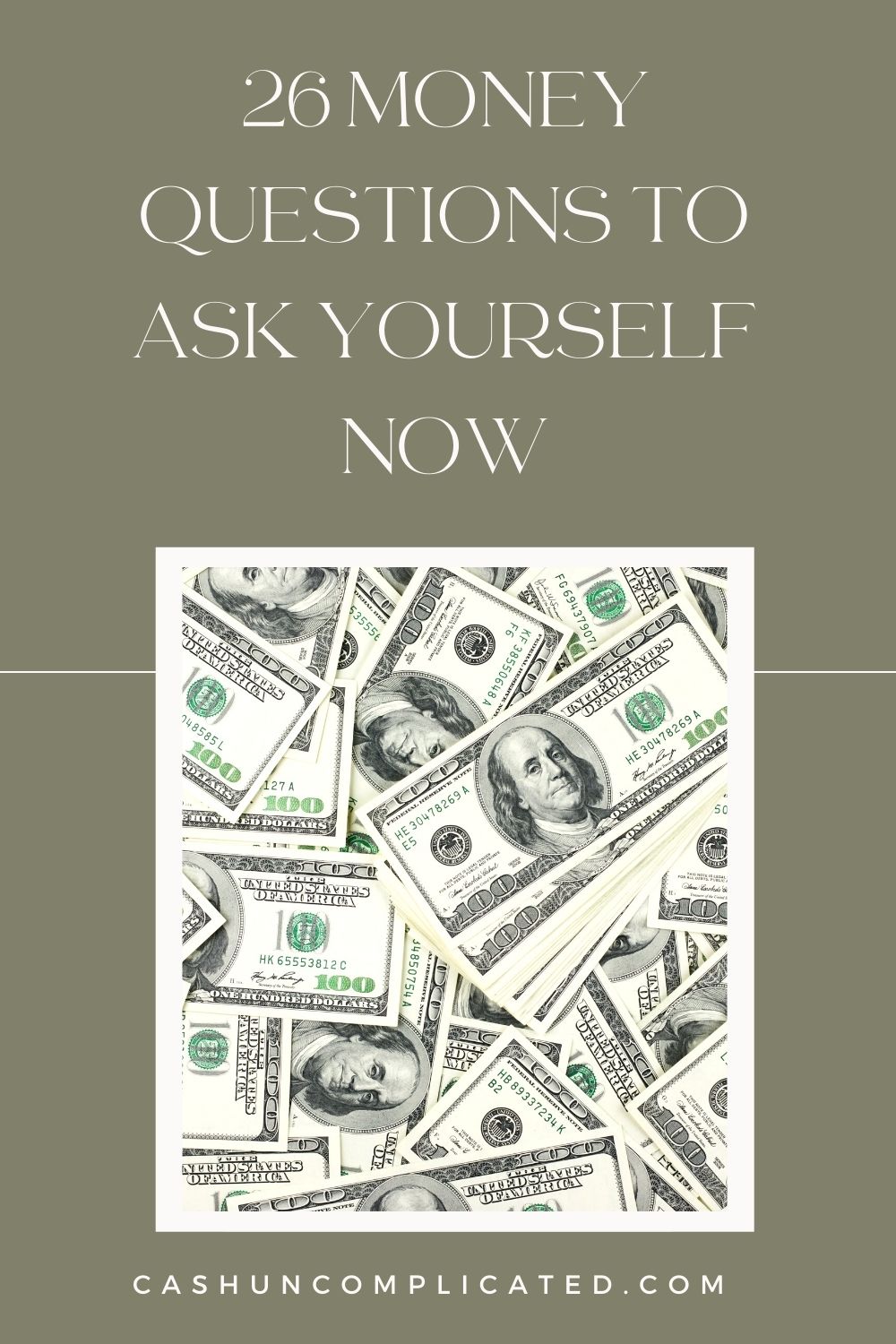The word “investing” has a lot of different connotations for people. Some think of investing as only for the wealthy. That’s actually myth number three in my long-form blog post, Top 12 Money Myths You Should Ignore. Others think of investing as sacrificing now for the reward of a far off distant land called retirement. Invest now so you can benefit in 40 years. Kind of a hard sell when so many forms of instant gratification are available.
Many in the paycheck to paycheck cycle want to invest, but wonder how they’ll be able to come up with the money when they’re already barely making it financially. Others think of investing as making an appointment to see a financial advisor who tells you what to do while you fork over your hard earned money into something you don’t understand.
I used to think all of the above about investing, but over the years I’ve gained a new perspective. You don’t have to wait 40 years to reap the rewards of investing. There are actually many rewards within the first year of investing. A year goes by in the blink of an eye, so these rewards come pretty quickly. These are my top five.
1. Gets You Out of the Paycheck to Paycheck Cycle
Living paycheck to paycheck is stressful. I did it for many years and am very glad to be out of that cycle. One of the first things investing does is get you out of the paycheck to paycheck cycle. Depending on how much you invest, this can happen within a couple months, or take closer to a year.
Let’s use a hypothetical example of a dual-income household bringing in $7,000 per month after taxes. This family has been living paycheck to paycheck, but has been making a concerted effort to begin investing and get out of that cycle.
If they start by investing 10 percent of their income, that’s $700 every month. This is what it will look like after the first year, not even factoring in compound interest.
| Month 1 | $700 |
| Month 2 | $1,400 |
| Month 3 | $2,100 |
| Month 4 | $2,800 |
| Month 5 | $3,500 |
| Month 6 | $4,200 |
| Month 7 | $4,900 |
| Month 8 | $5,600 |
| Month 9 | $6,300 |
| Month 10 | $7,000 |
| Month 11 | $7,700 |
| Month 12 | $8,400 |
After month 10, this family has already hit the $7,000 mark, which is their monthly income. That officially takes them out of the paycheck to paycheck cycle because they have one month of income invested. I know what people are saying: an investment account isn’t designed to be an emergency account. Which is true, but in an absolute worst case scenario, investments can be pulled to cover living expenses. As a caveat, there will likely be fees associated with this.
Another very important thing to note is that many in the personal finance space recommend having at least three to six months in an emergency fund. I also recommend at least this amount. This is not the same thing as investing, it’s a different bucket of money.
Once someone decides to begin getting their financial house in order, they are likely going to be working on a few different goals. For most people, those goals usually involve an emergency fund, and to begin investing. In other words, you’ll be contributing to your emergency fund and investments at the same time. There is no rule that says all your money has to be in one location for you to be out of the paycheck to paycheck cycle.
2. You’ve Got the Ability to Do It
One of the hardest parts about investing is simply getting started. It’s a challenge for people to get intentional about their money and start to pay themselves first. Once that decision is made and the systems are set up, it starts to become easier.
After a few months of paying themselves first, the majority of people realize they really don’t miss the money, and they get used to their adjusted income. This is a really good confidence builder—it makes investing a reality and provides motivation to continue. All that needs to be done at this point is to keep the automation going and add more as income changes.
Personal finance, which includes investing, is more mental than mechanical. In theory, anyone can follow step by step procedures to gain control of their money. However, it’s not always that simple. Just the act of getting started investing for a few months builds confidence and starts to change your mindset about money.
3. Helps Structure Your Financial Life
Automating investing provides financial structure. When you pay yourself first, you know exactly where a portion of your money is going. There is no having to decide, because you’ve already made that decision and set up the systems.
Using 10 percent as an example, that’s 10 percent of your money that already has a place to go. Or to think about it another way, 10 percent of your money you don’t have to worry about. That’s a good place to start. Even better, that’s 10 percent of your money that not only has a place to go, but is also working for you.
If you move up that 10 percent to a higher percentage—that’s even more money that has a place to go, and more money working for you. While this won’t solve all of your personal finance challenges, it provides a really good foundation to structure your financial life.
4. Ability to Make More Choices
One of the great benefits to investing is the freedom it gives you to make more choices. This benefit starts within the first year. As written about in the first section, investing helps to get you out of the paycheck to paycheck cycle. There is great freedom in having financial runway.
Having financial runway means you are not tied to a job or work location you don’t like. Quite simply, investing gives you options because you’re out of the paycheck to paycheck cycle and trending upward.
In your first year of investing, you probably won’t have several months of financial runway yet, but you’ll be well on your way. The choices will come gradually at first and increase throughout the years as you build up your accounts.
5. Financial Security
There’s the technical aspect to financial security and the emotional side. On the technical side, it can take many years to reach true financial security. However, on the emotional side, that security can come quickly. I would argue that it can even come in the first year of investing.
For so many people, the hardest part about investing is just getting started. Once you get doing though, it becomes much easier, especially when you begin to automate your money. Even after a few months, it’s very satisfying to see your plan in action. It’s one thing to say you’re going to invest, or want to invest, but another thing to actually do it and see it working.
Seeing your money grow and watching the plan work begins to create financial security. There’s an understanding that what you are doing is working, and now it’s just a matter of time before reaching true financial security. Like most things in life, financial security comes in phases.
It’s not that one day you’re completely broke, the next day you’re wealthy. It’s a process, and goes in stages. And the first phase occurs in year one when you can see the plan starting to work.
Conclusion
The traditional viewpoint of investing is that it’s a long game and provides only delayed gratification. While it is true that investing is a long game, there are rewards that come early, even in the first year.








